Companies invest an average of $800 per employee each year on training and development. Are you getting the return you expect on this investment? Include these 3 elements in your training programs to ensure they work for you and your team.
Measurable Learning Objectives
Learning objectives are basically the agenda for a training program. They define what someone will be able to do after completing the training. In order to be able to actually measure this, they must be actionable. Whether you are developing an in house solution or obtaining the program from a third party provider, review the learning objectives. Look for action words like perform, describe, complete, explain in each of them. If instead you see words like understand or no learning objectives at all, this is a problem. If there isn't a clear way to measure whether someone learned what was expected in the program, revise the learning objectives to be able to answer this question or move on to another provider.
Allow Hands On Learning
Anyone can gain a certain amount of benefit from a lecture or reading through material, but retention levels skyrocket when participants are able to actively engage with material throughout the training program. In a classroom, this may include breakout discussions and guided exercises to engage participants in experiential learning. Outside the classroom, self directed learning in the form of online research, responding to case study scenarios, and independent projects offer great hands on experiences.
Quizzes Are Useless
Consider for a moment, the rigorous training doctors go through. They perform hours upon hours of clinical work where they apply what was learned in the classroom and textbooks. Most of us don't have careers that are this high stakes, but the medical field has figured something out in terms of expecting professionals to apply what they've learned versus passing a test.
When we develop training programs, we always include a learning comprehension exercise at the end that requires participants to use the skills developed during the training. For example, if we train a group of managers on how to perform a keycard audit, part of the learning comprehension exercise is to complete an actual keycard audit at a location after the training. This is the best way to identify any remaining skill gaps and address them while the material is fresh in participants' minds.
If these things are missing from your training programs, we can help! Contact us at letsconnect@marlyngroupllc.com to find out how.

